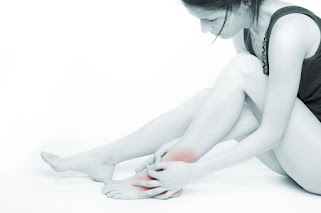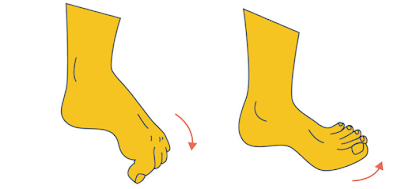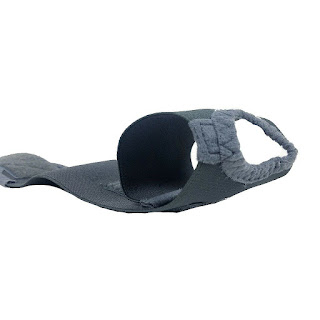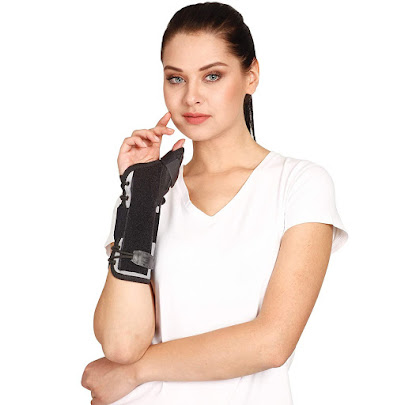Risk Factors for Hernia - Tynor Australia
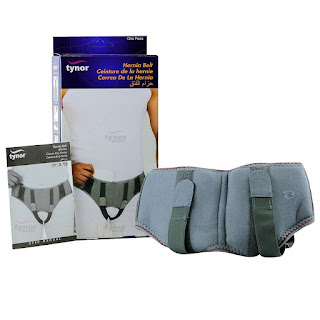
Predisposing factors include Increased intra-abdominal pressure: Chronic cough, constipation, urinary obstruction, heavy lifting, ascites (fluid in the abdomen), previous abdominal surgery, obesity. Loss of tissue strength and elasticity ( direct inguinal hernia ). Nerve damage with consequent weakening of the muscles. Residual embryological channels in the case of congenital herniae (defects that one is born with). Family History Progression of Hernia The natural history of most hernia is that they will slowly increase in size although may remain the same size for an extended period. They do not spontaneously heal and are at risk of the complications described and thus need to be repaired surgically. How is Hernia Diagnosed? Hernia especially Inguinal hernia are a clinical diagnosis. However, occasionally an ultrasound is used for confirmation. Prognosis of Hernia This depends on whether the patient develops complications (e.g. bowel obstruction, strangulation). Herniae are trea...
